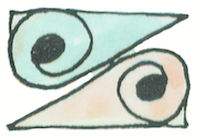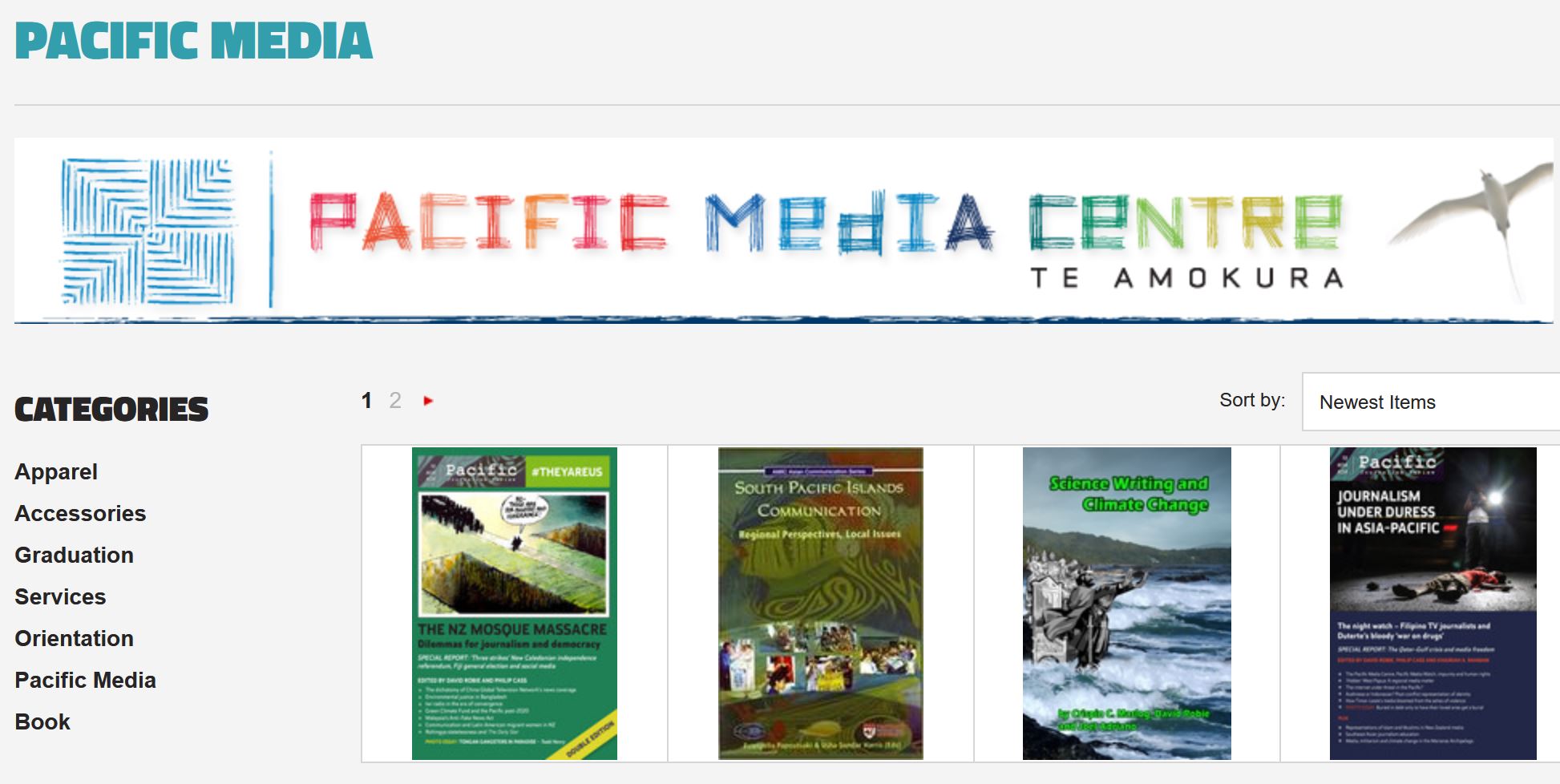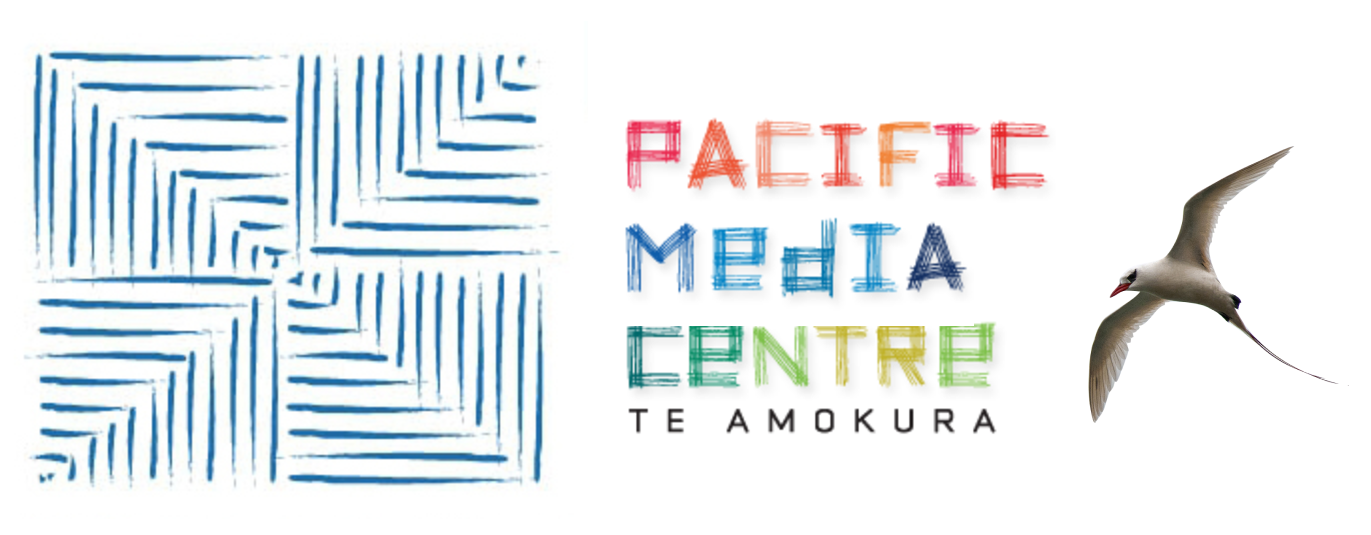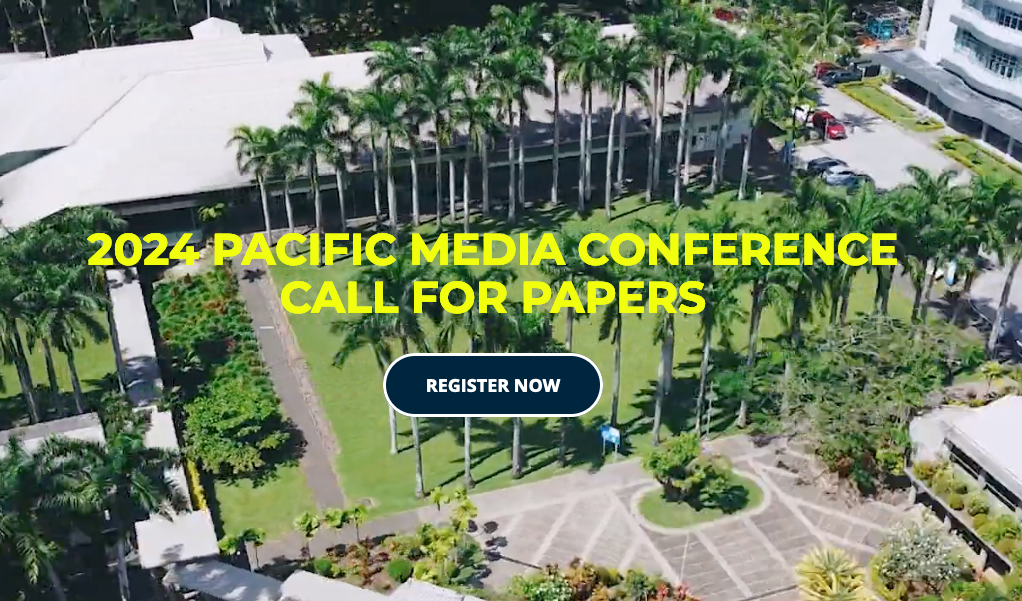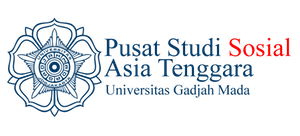EDITORIAL: Pacific media advocacy
Abstract
IN SAMOA during July 2015, a new Pacific journalism education and training advocacy era was born with the establishment of the Media Educators Pacific (MEP) after a talkfest had gone on for years about the need for such a body. A draft constitution had even been floated at a journalism education conference hosted at the University of the South Pacific in 2012. The initiative created unity of sorts between the Technical, Vocational and Educational Training (TVET) media institutes from Fiji, Samoa, Solomon Islands and Vanuatu, and the regional University of the South Pacific journalism programme. Founding president Misa Vicky Lepou of the National University of Samoa pledged at the time to produce a vision with a difference:
Downloads
Metrics
References
Corruption in the Pacific – a threat to cultural identity (2017). Pacific Journalism Review : Te Koakoa, 23(2), x-xx doi: 10.24135/pjr.v23i2.331
Matasororo, E. (2016). Standoff in Papua New Guinea: Students take issue over corruption. Pacific Journalism Review : Te Koakoa, 22(2), 13-19. doi: 10.24135/pjr.v22i2.71
MEP pushes ahead with plan for Pacific media educators and trainers (2016, July 20). Asia Pacific Report. Retrieved from https://asiapacificreport.nz/2016/07/20/mep-pushes-ahead-with-plan-for-pacific-media-educators-and-trainers/
Pacific media educators join forces (2015, July 1). The National University of Samoa website. Retrieved from www.nus.edu.ws/s/index.php/87-nus/news-events/297-media-educators-pacific-mep-join-forces

Copyright (c) 2017 David Robie

This work is licensed under a Creative Commons Attribution-NonCommercial 4.0 International License.





